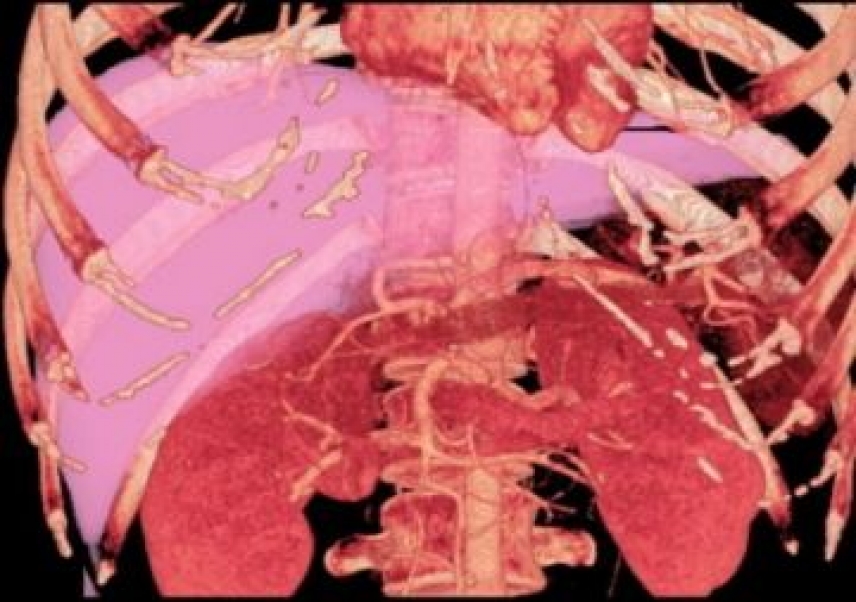
SINC agency
Researchers at the University of Córdoba have developed a system that measures compatibility between donors and severely ill recipients in liver transplants. This mathematical method integrates experience from nearly 1,500 registered donations in transplant units in Spain and the UK
Criteria for organ allocation in Spain, world reference and leader in transplantation, are set according to territorial and clinical data to guarantee altruism and equal access to donations. However, there are still some aspects of organ allocation that can be improved, according to a study by researchers at the University of Córdoba released by SINC agency of scientific news.
In the case of liver transplantations, criteria include donor characteristics such as blood group, which must match the receiver, as well as patient disease severity , which is measured by the so-called 'end-stage liver disease model' (MELD). The result is a number obtained from bilirubin, creatinine and prothrombin-time figures of the patient and allows prioritization in waiting lists according to risk of death within the next three months.
'In this donor-recipient assignment other variables that would optimize compatibility and could become a decisive factor in transplant outcomes are not being considered', explains María Pérez Ortiz, one of the authors. 'Thus, we propose an improved system to promote justice and graft utility principles, to better adjust waiting times to mortality risk and to improve overall survival'.
The research team from the University of Cordoba and Reina Sofia Hospital has developed a system that allocates an organ to the most severely ill receptors and identifies the receptor with the highest probability of survival. The results have been published in the journal Applied Soft Computing.
'This system complies with the principle of urgency demanded by the MELD model by discriminating receptors in the waiting list based on prediction of best prognosis and highest survival probability for a specific liver transplant”, the researchers says. 'Interactions established in this transplantion procedure are far more complex than those resulting from just matching a good donor with a severely ill receiver”.
Automatic learning
To create the model, automatic learning techniques have been used. This computing area mimics the brain when learning from previous experience and known data. In fact, the application is based on 38 variables (age, sex, body mass index, presence of diabetes, hypertension, etc.) gathered from nearly 1,500 donor-recipient pairs in seven Spanish transplantation units and one unit in London´s King's College Hospital.
These variables, along with survival times for grafted livers, are used to train the model, which is then able to correlate donor-recipient pairs with survival times. Survival times post-transplantation may reach fifteen days, three months, one year or more and it is highly useful to evaluate success in assigments.
According to data presented this week by the Ministry of Health, Social Services and Equality, 1,093 liver transplants were carried out in Spain in 2013 and the total number of liver transplants in Spanish history is near to 22,000.


